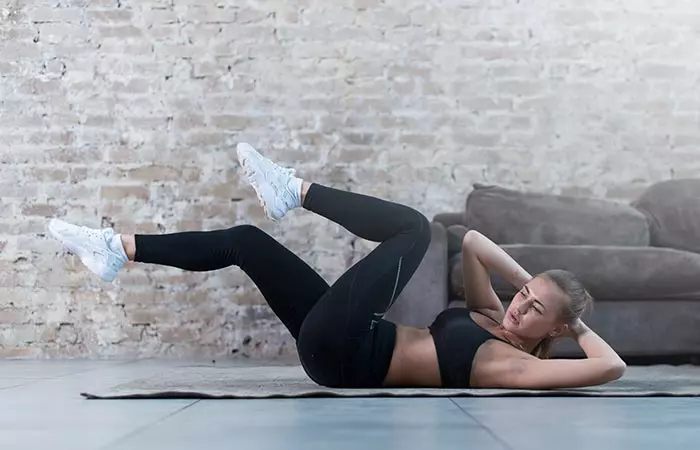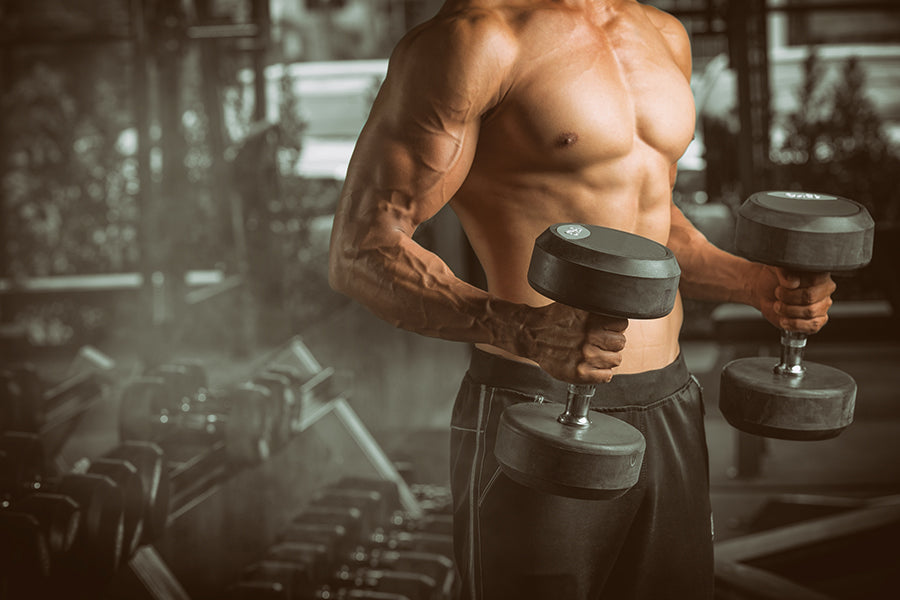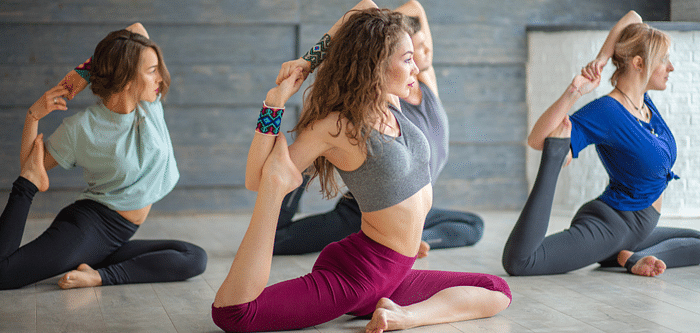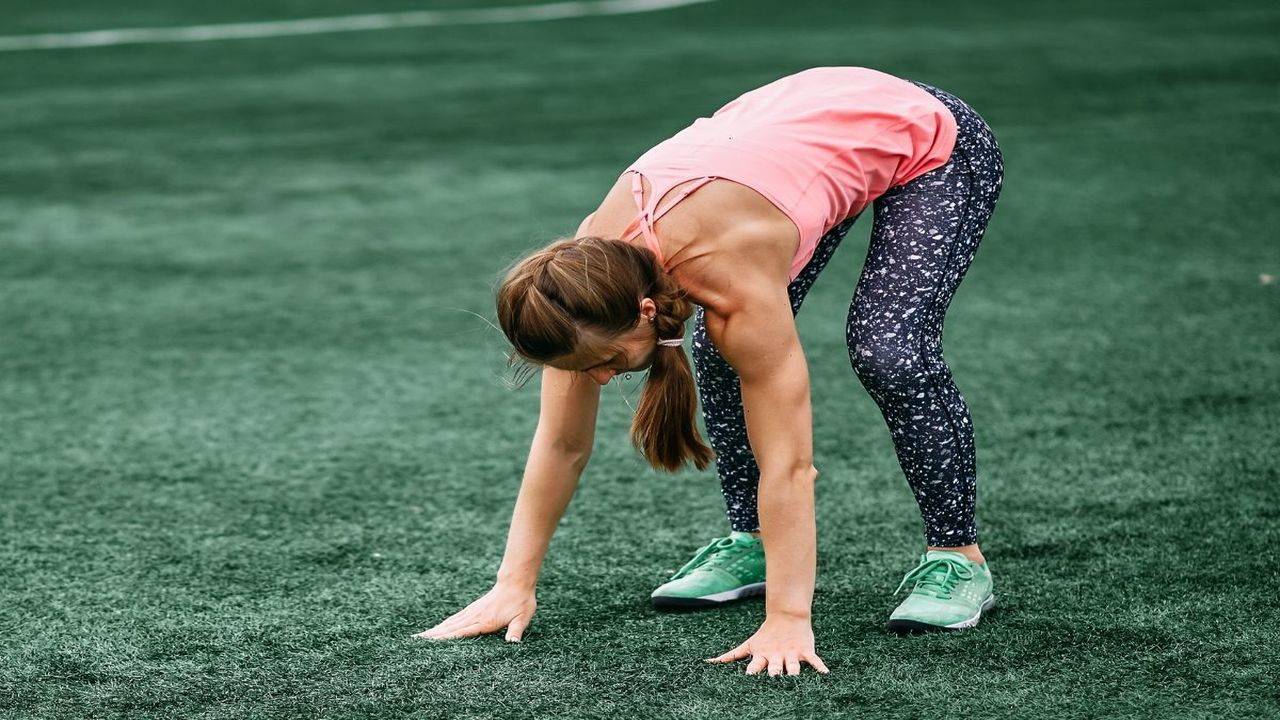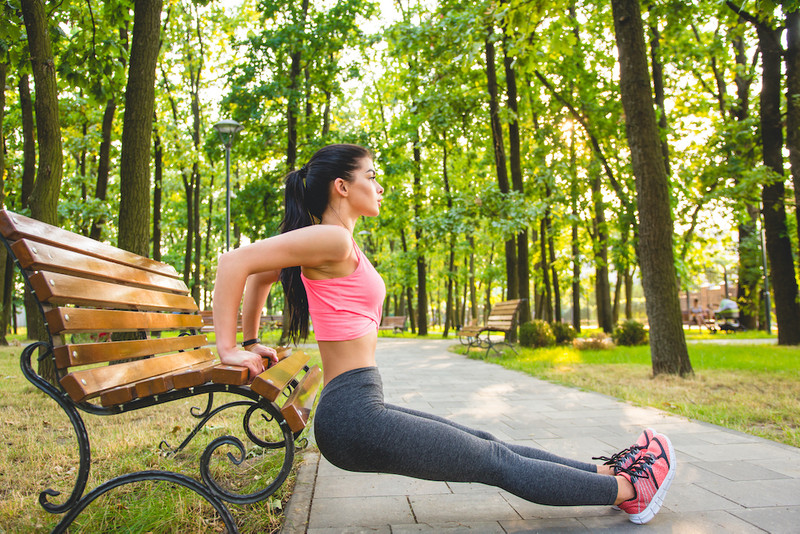The Russian twist looks innocent enough, right? Sit down, lean back a bit, twist side to side — done. But here’s the thing. This simple-looking move can do more harm than good if you’re not paying attention to your form.
I’ve seen it so many times. People at home, in the gym, or following an online workout, rushing through Russian twists like they’re just ticking a box. Then they wonder why their back hurts or why they’re not seeing any real core strength gains.
If you really want those toned obliques and a rock-solid core without hurting yourself, you need to know what not to do. So, let’s break down the six most common mistakes folks make with Russian twists — and how you can fix them today.
What’s So Good About Russian Twists Anyway?
Before we jump into the bad habits, let’s get one thing clear. The Russian twist is one of the best exercises for your obliques (the muscles on the side of your abs). It also challenges your hip flexors and lower abs while giving your spine some rotational work — which is good for your overall mobility.
Done right, it can tighten up your midsection, help you move better in sports, and build serious core endurance. Done wrong, it can strain your lower back, wreck your posture, and become completely useless. So let’s keep it useful.
1. Rushing The Twist
This is the number one mistake I see. People move so fast they just swing their arms side to side, not even engaging their core. The twist turns into more of an arm flail than an ab exercise.
Why It’s Dangerous:
When you rush, you rely on momentum instead of your core muscles. This cheats your abs out of the work they’re supposed to do and shifts the strain to your spine and hip flexors.
How To Fix It:
Slow it down. Imagine you’re moving through wet cement. Every twist should come from your ribs rotating, not your shoulders or arms. Pause for a second at each side to feel your obliques tighten.
Try This:
Do 20 slow, controlled twists instead of blasting through 50 sloppy ones. Quality always beats quantity here.
2. Slouching Your Back
Another common mistake? Leaning back but letting your spine round forward. People think they’re working their abs but what they’re really doing is stressing their lower back.
Why It’s Dangerous:
A rounded back during twists puts uneven pressure on your spine’s discs. Over time, this can lead to herniated discs or lower back pain.
How To Fix It:
Sit tall. Keep your chest lifted, shoulders back, and think about lengthening your spine. You should feel your abs working to hold you in that position.
Try This:
Put your hand on your lower back. If you feel it rounding, reset your posture before twisting again.
3. Twisting Only Your Arms
So many people move just their hands side to side but keep their torso still. Looks good for the camera, does nothing for your abs.
Why It’s Dangerous:
You’re wasting time. Twisting your arms does not equal twisting your torso. Plus, when the arms swing fast, it pulls your lower back around too forcefully.
How To Fix It:
Keep your hands locked together in front of your chest or hold a weight close to your body. Focus on rotating your ribs and shoulders as one solid block.
Try This:
Imagine your hands are glued to your chest. No swinging arms allowed.
4. Dropping Your Feet To The Floor
If you’re doing the advanced version with your feet lifted but they keep dropping every few reps, you’re not really doing the move right.
Why It’s Dangerous:
Half-lifting your feet strains your hip flexors without giving you the full benefit of core work. Plus, dropping and lifting repeatedly can jerk your lower back.
How To Fix It:
If you can’t keep your feet up with good form, that’s fine. Keep them on the floor until you build enough strength. Better to nail the basics than cheat the advanced version.
Try This:
Keep your heels on the ground but lean back more to increase the challenge. Focus on twisting deeper through your core.
5. Holding Your Breath
It sounds silly, but many people forget to breathe during Russian twists. They hold their breath trying to balance and twist at the same time.
Why It’s Dangerous:
Holding your breath makes you tense up your neck and shoulders. It also limits how well your core can contract. Good core work always matches with good breathing.
How To Fix It:
Exhale every time you twist to one side. Inhale back to center. This keeps your core engaged and your breath flowing.
Try This:
Count your twists out loud. It forces you to breathe and keeps your pace steady.
6. Using Too Much Weight Too Soon
The classic mistake: grabbing a heavy dumbbell or medicine ball when your form isn’t ready for it. Looks hardcore, but your back won’t thank you later.
Why It’s Dangerous:
Extra weight can pull you out of position and force your lower back to take over. That means less ab work and more risk of tweaks and strains.
How To Fix It:
Master the move with no weight first. Then, when you can twist perfectly for 30 slow reps, grab a small weight (like 2-4 kilos). Focus on moving slow, not heavy.
Try This:
Use just your hands. Or hold something light like a water bottle before upgrading to heavier gear.
Bonus Tips To Level Up Safely
Alright, now that you know what to avoid, here’s how to make your Russian twists really count.
- Warm up your spine first. A few gentle cat-cows or seated side bends can prep your back.
- Keep your feet pressed together if lifted. This helps you stay stable.
- Keep your twists smooth and controlled, not jerky.
- Don’t aim for speed. Think tension, not tempo.
- If you ever feel lower back pain, stop. Re-check your form or skip the move that day.
What If Russian Twists Just Aren’t For You?
Some folks with lower back issues just don’t get along with Russian twists, no matter how perfect their form is. That’s fine. You can still work your obliques with safer moves like side planks, standing side bends, or wood chops with a band.
Final Thoughts
The Russian twist is popular for a reason. When done right, it hits your sides, wakes up your core, and adds a bit of spice to your ab routine. But only if you do it smart.
Next time you hit the floor for your twists, check your form against this list. Slow down, sit tall, twist through your torso, and keep that breathing steady. Skip the shortcuts and your abs — not your back — will thank you later.
